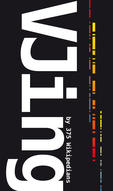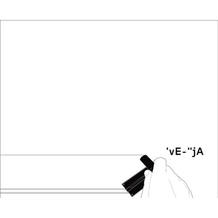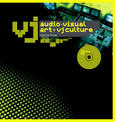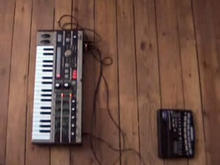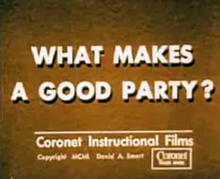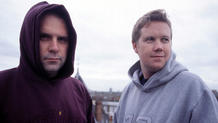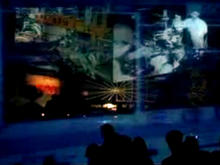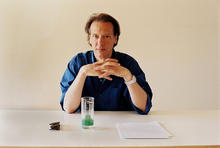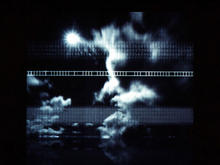Robert Heel
is a German audiovisual artists, VJ and electronic musician in the fields of video and sound design, installation, audiovisual live performance, VJing and music production.
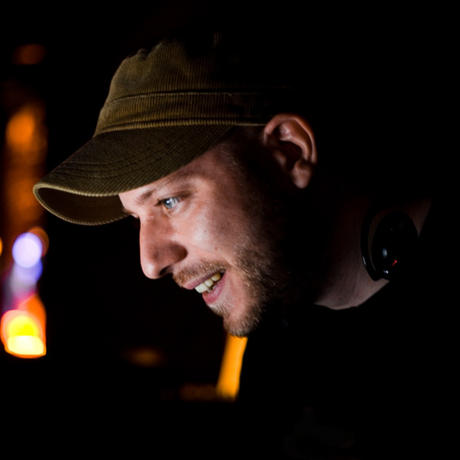
With his roots in media design Rob Heel's main goal is to define audiovisual relations - from bouncing beats and visuals in clubs to sophisticated audiovisual environments in gallery spaces and visual music projects.
Robert Heel's work has been screened at the European Media Art Festival Osnabrück, the Todayartfestival The Hague, the Amsterdam Film Experience, the VJ-Mapping Geneva, the Württembergischer Kunstverein Stuttgart, the fluctuating images gallery Stuttgart, the LAB gallery San Francisco and others. He also participated in art shows in Germany, Europe and the US.
As audiovisual team Rob Heel likes performing with the band .Computer.., with the DJ duo Robosonic and with Jan Hertz.
His VJ sets contain visual sensations from fascinating city-sights to every-day happenings, strange hours and moving moments, spiced up with video cutups from his previous video- and visual music pieces.
Source: Robert Heel website
